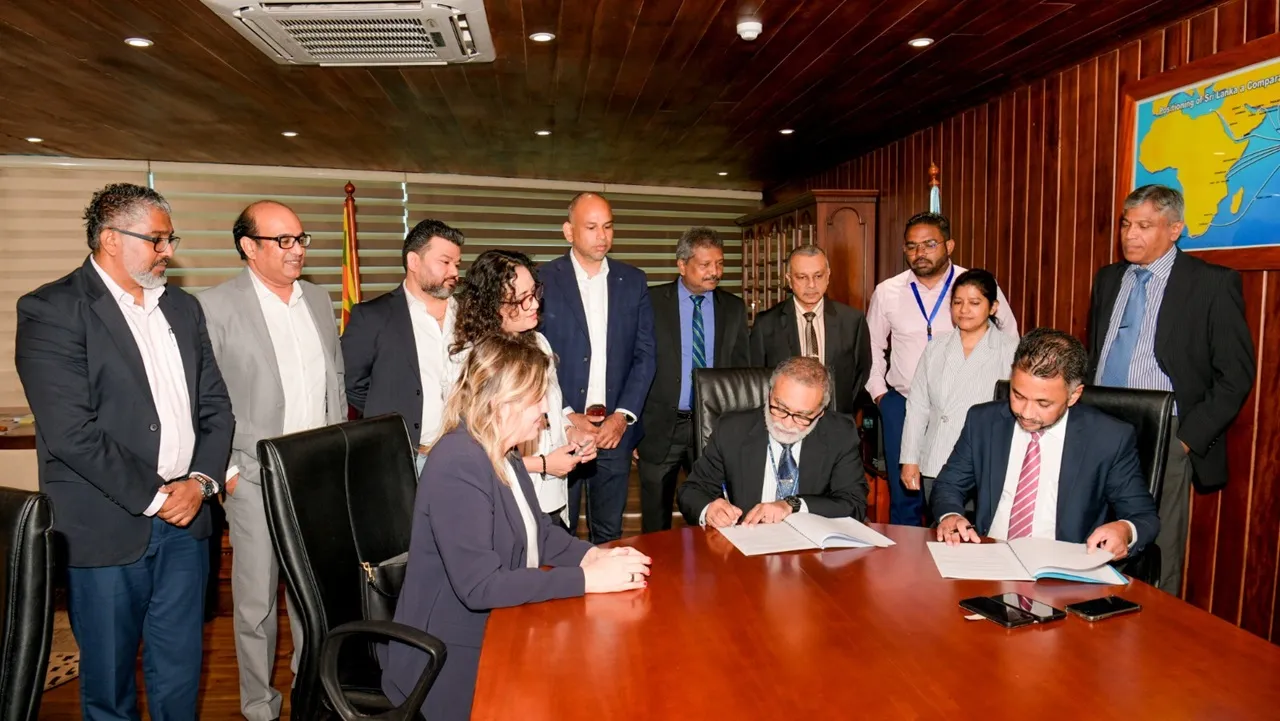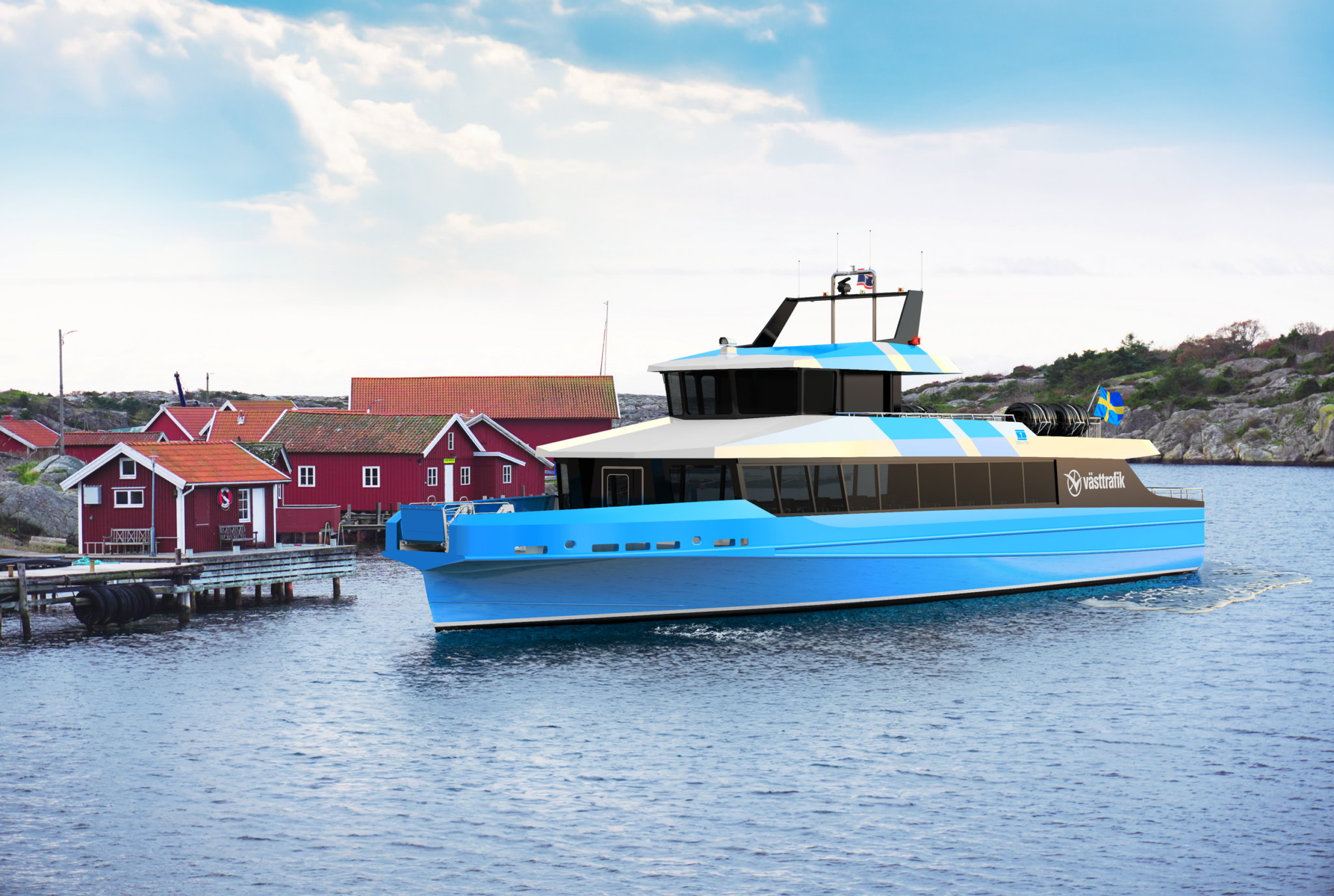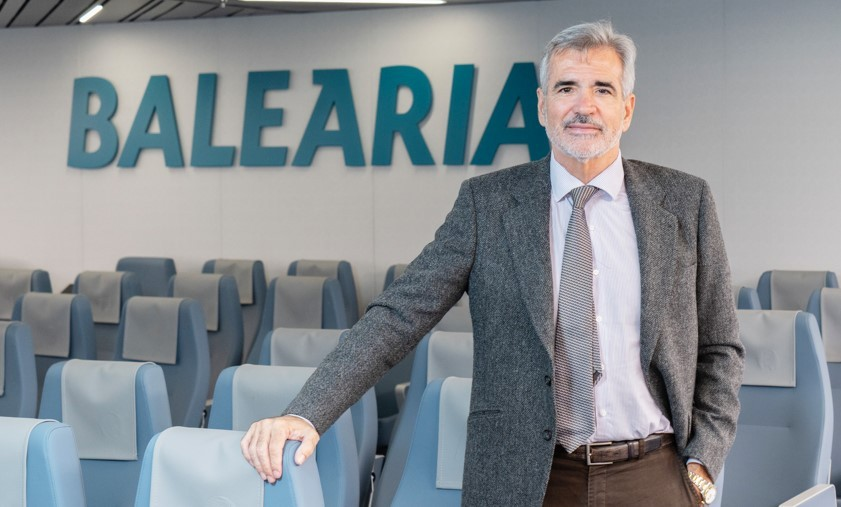Ajot: Suez Canal continues to feel the pinch from Red Sea shipping disruption
The Suez Canal, a critical artery of global commerce, has suffered a sharp decline in traffic since Houthi rebels in Yemen, backed by Iran, began targeting ships in the Red Sea in late 2023 in protest against Israel’s actions in Gaza, which followed the ‘October 7’ atrocities.
It prompted the vast majority of container and bulk shipping lines to divert vessels around Africa to Europe, adding up to two weeks to journey times and increasing fuel bills and CO2 emissions significantly.However, with a hiatus in attacks dating back to November 2024, in May this year, hopes were raised of a possible return to normal for traffic, especially when President Trump announced that the US bombing of Houthi bases would stop, the rebels having supposedly agreed to cease targeting ships.
Such optimism lasted until July, when, with the war in Gaza showing no signs of coming to an end, given the Israeli government’s intentions to take control of the entire territory, the Houthis resumed assaults against merchant shipping in the Red Sea.
The bulk carrier Magic Seas was sunk hours before a drone strike on another bulk vessel, Eternity C, killing two crew members in the latter attack.
In mid-August, the UKMTO Combined Maritime Forces, a 46-nation naval partnership set up to counter the threat of international terrorism and later expanded to include counter piracy operations, said the threat level from Houthi attacks remained “severe.”
According to Lloyd’s List Intelligence data, a total of 133 transits of the Suez Canal were undertaken by containerships in July, in line with the number of transits undertaken during June. August is likely to have produced similar figures.
Before the Houthis’ attacks on shipping began, the monthly average of transits of boxships through the canal was 500.
In 2023, a total of 26,434 ships (all categories) passed through the canal, but this fell to 13,213 ships the following year.
Revenue plummets, ‘discount’ scheme extended
Egypt’s state agency, the Suez Canal Authority (SCA) runs the key waterway, which is one of the country’s main sources of foreign currency.
Revenue from the canal plummeted by almost two-thirds last year, as a result of the Houthi threat and ship diversions, totaling $4 billion, down from a historic high of $10.3bn in 2023.
“We’re facing a major crisis,” said SCA chairman Osama Rabies, in an interview with Egyptian media in August, noting that daily transits have dropped to 30–35 vessels compared to 65 a day under normal market conditions.
In May this year, the SCA announced that it would apply a 15% discount on transit fees to encourage the return of containerships with a Suez Canal net tonnage of 130,000 tonnes or over for a period of 90 days. This is thought to apply to box vessels capable of loading 10,000 TEU or more.
At the beginning of August, it extended the 15% discount to 31 December this year.
The SCA has also announced a range of new services in an attempt to generate new revenue streams.
“We are providing new services that we didn’t offer before in response to the current crisis in the Red Sea,” Rabie said.
They include maritime rescue, vessel repair, ambulance assistance, pollution response, crew changes, fuel supply, personnel training, and a port for private yachts.
Chinese vessels enjoying safe transit?
What has softened the blow of plunging traffic and revenue levels, to a degree, is that Chinese vessels appear to be enjoying safe passage through the Red Sea and largely regular access to the Suez Canal. Reports suggest that such preferential treatment was secured through ‘back-channel diplomacy’ on the part of China. This led to the Houthis agreeing to spare Chinese ships from the threat of attack, in contrast to vessels whose owners they believed supported Israel and its Western allies. In return, China is suspected of providing the Houthis with military supplies.
Optimism despite ‘uphill battle’
Rabie is upbeat on shipping through the Suez Canal returning once the war in Gaza ends. “If the fighting stops, the Houthis will have no justification to attack vessels in the Red Sea. We’re hopeful that peace comes soon.
“Major ships have diverted to the Cape of Good Hope because it’s currently safer, despite the higher costs and longer transit times,” he added. “They’ve told us they’ll return as soon as the war ends because no alternative can match the Suez Canal’s advantages. Global shipping firms know this.”
Rabie called on international insurance companies to reduce premiums for vessels transiting the Red Sea, for which the cost surpassed that of the longer Cape route. He concluded: “We’re doing all we can. But until the security situation stabilizes, we’re facing an uphill battle.”
Trump’s call for free passage rejected
Meanwhile, the SCA has rejected President Trump’s call to allow US-registered ships to transit the Suez Canal free of charge, insisting that Egypt remains committed to international treaties that prohibit preferential treatment.
“There can be no distinction between ships in terms of services or commercial and financial preferences that favor one country over another,” Rabie said.
“This is not a stance against the United States but rather a reflection of Egypt’s commitment to impartiality – a principle that assures all nations of fair treatment.”
Earlier this year, Trump took to his Truth Social platform to demand that the US military and commercial vessels be granted free access to both the Suez and Panama Canals. “These canals wouldn’t exist without the United States,” he claimed.
No consensus on outlook
As to the outlook for traffic through the Suez Canal in the coming months, there is little in the way of consensus among industry sources.
Certainly, the Houthis’ announcements this summer hardly point to a de-escalation of their actions in the Red Sea, and the message from government authorities to shipping lines continues to be that they should proceed with extreme caution.
However, in its H1 Airfreight Pulse published in August, DSV claimed that more ocean shipping services were returning to the Suez Canal, the Danish logistics and forwarding giant expressing that this could have a significant impact on airfreight.
One positive sign is that market data on forecasted demand for capacity through the waterway reveals an increase of 9% in September compared to that deployed in June. However, whether this marks the beginning of a trend set to gain momentum remains open to question.s many as 20, Lee’s office said. In comparison, Hanwha Ocean’s shipyard in South Korea is 10 times bigger and builds a vessel a week.
“The K-shipbuilding industry, equipped with the world’s strongest capabilities, will bring about a renaissance of the U.S. shipbuilding industry and create a new historic turning point for mutual prosperity,” Lee said an event at Washington’s Center for Strategic and International Studies after the summit.
Lee agreed to increase South Korea’s own defence expenditures and play a bigger role in responding to the changing political situation in the region as part of alliance “modernisation” plans, his office said, without elaborating.
South Korea’s industry ministry said 11 non-binding agreements were signed between U.S. and South Korean companies during Lee’s visit, in shipbuilding, nuclear energy, aerospace, gas and critical minerals. In shipbuilding, HD Hyundai agreed with state-run Korea Development Bank and Cerberus Capital to create a multibillion-dollar joint investment fund aimed at strengthening the maritime capabilities of the U.S. and its allies, including shipbuilding, marine logistics infrastructure, and advanced marine technology.
Samsung Heavy Industries agreed with Vigor Marine Group to partner in fields such as maintenance and repair of U.S. Navy vessels, shipyard modernisation and joint ship construction.
A top South Korean official said the two countries had decided to establish a non-binding agreement to define the operation and structure of $350 billion in investment funds agreed as part of their July trade deal.
LEGAL, MANUFACTURING HURDLES
During tariff talks in July, South Korea offered a package dubbed “Make America Shipbuilding Great Again” partly to help modernise U.S. shipyards, which officials in Seoul touted as instrumental in reaching their unwritten trade deal.
U.S. shipyards, which had the world’s highest production capacity during World War II, saw their market share fall to 0.04% by 2024. China and South Korea are responsible for 83% of global commercial shipbuilding, according to UN Trade and Development data.
“We’re going to go back into the shipbuilding business again,” Trump said during his Oval Office meeting with Lee.
Experts, industry sources and South Korean officials say there will be a lot of work required to get there.
“I think the U.S. shipbuilding industry hasn’t had to compete very much. Facilities are old, and there’s a shortage of technicians,” Steve SK Jeong, head of the Naval Ship Global Business at Hanwha Ocean, previously told Reuters.
Training local workers could take four to five years, and it is hard to find people willing to do difficult shipyard work, South Korean industry sources told Reuters.
Jeong said Hanwha is working to modernise facilities, train and equip workers, and transplant its manufacturing process that can build ships much faster.
Hanwha has said it plans to make arrangements to use idle docks owned by others near the Philly Shipyard to expand construction capacity, as well as improve project management and use automation such as welding machines to speed up production.
Issues obtaining parts like steel plates may also hinder rapid progress.
Trump said some U.S. ships would still be built in South Korea for now.
“We’re going to be buying ships from South Korea,” he said. “But we’re also going to have them make ships here with our people.”
South Korean officials said that unless some U.S. protectionist policies are eased, construction of full ships or modules to be delivered to U.S. shipyards may be limited.
The 1920 Jones Act requires goods moved between U.S. ports to be carried by ships built domestically.
Similarly, the Byrnes-Tollefson Amendment prohibits the construction of U.S. Navy vessels in foreign shipyards, although the president retains the authority to waive its provisions for national security. Some U.S. lawmakers have proposed changes that would open the door for U.S. allies to participate more.
Wi Sung-lac, Lee’s national security adviser, acknowledged the legal restrictions.
“We’re conducting various studies to increase cooperation while taking into account various detours and institutional improvements,” he said.
Related Posts





